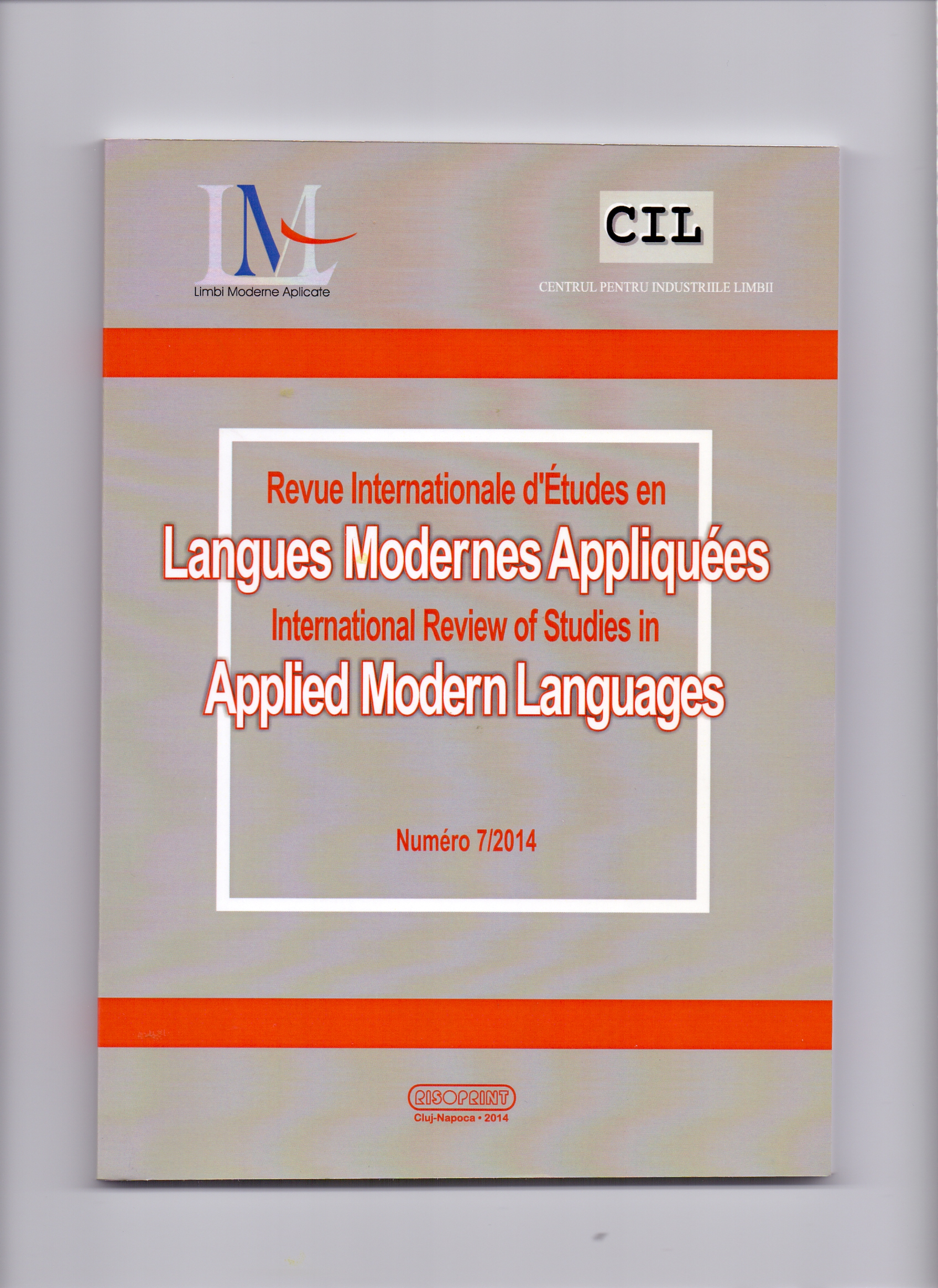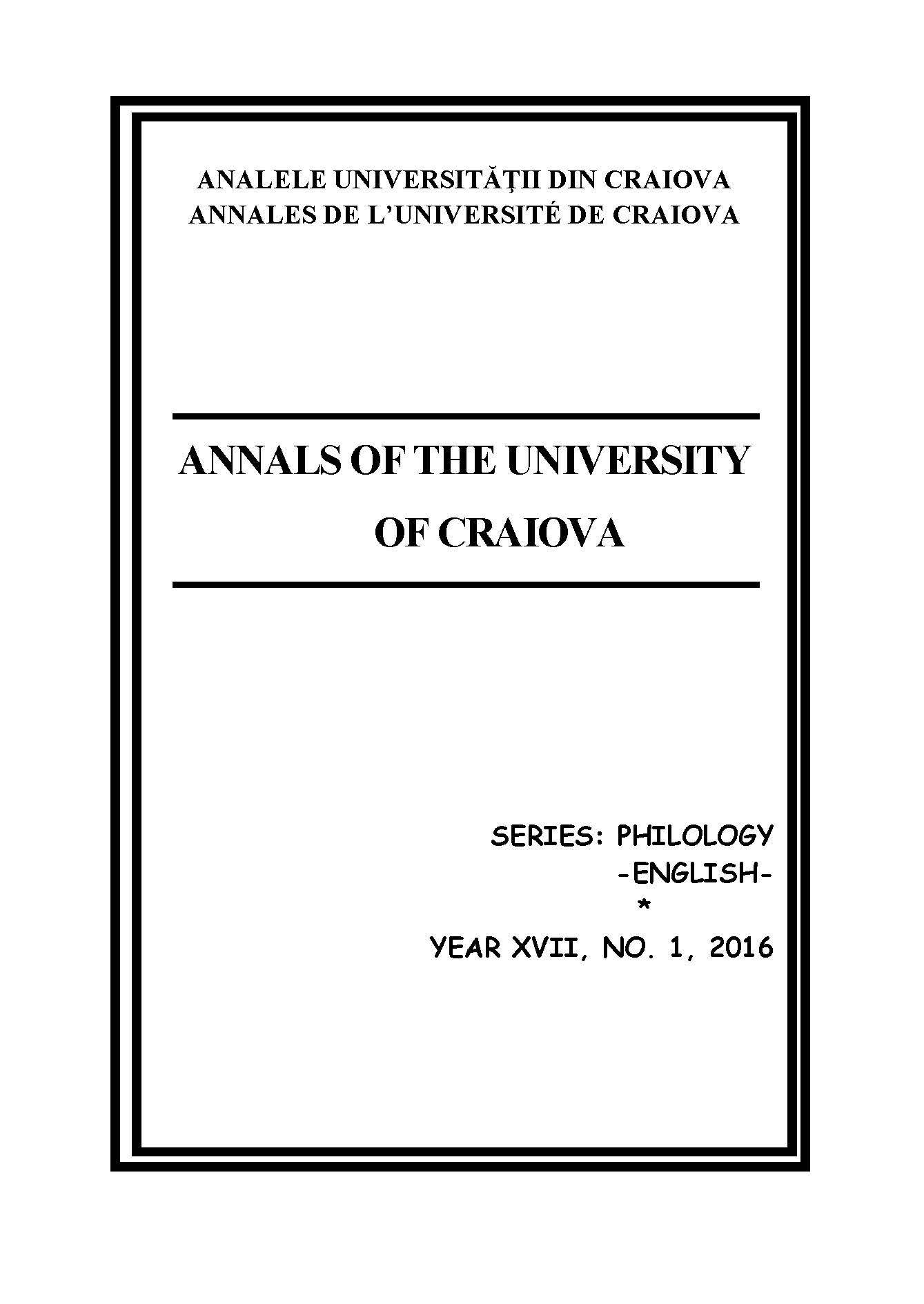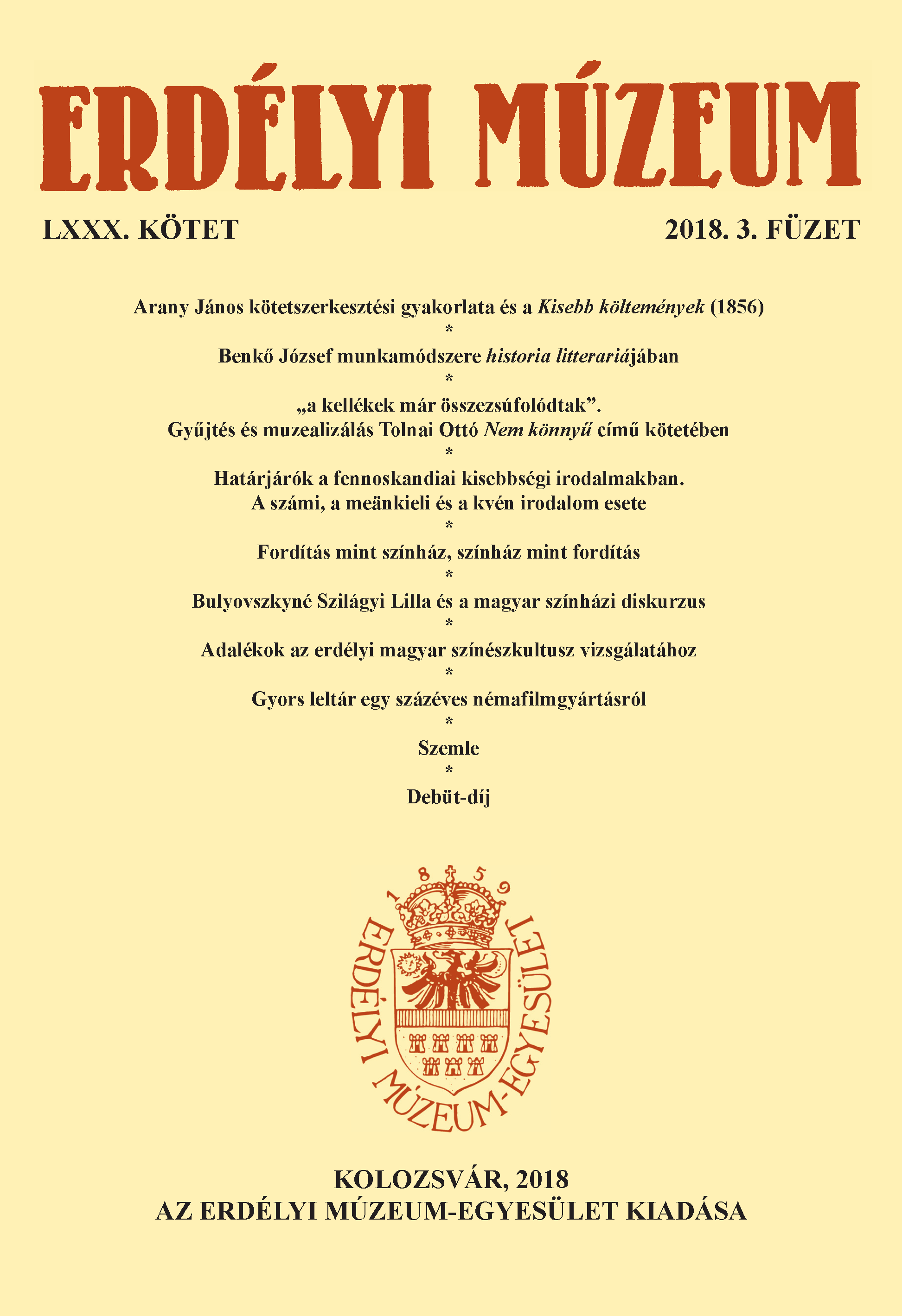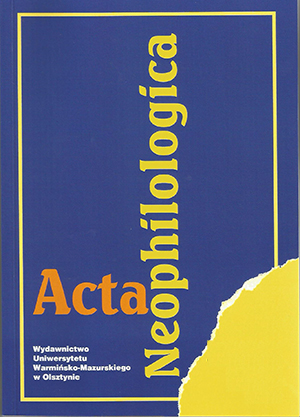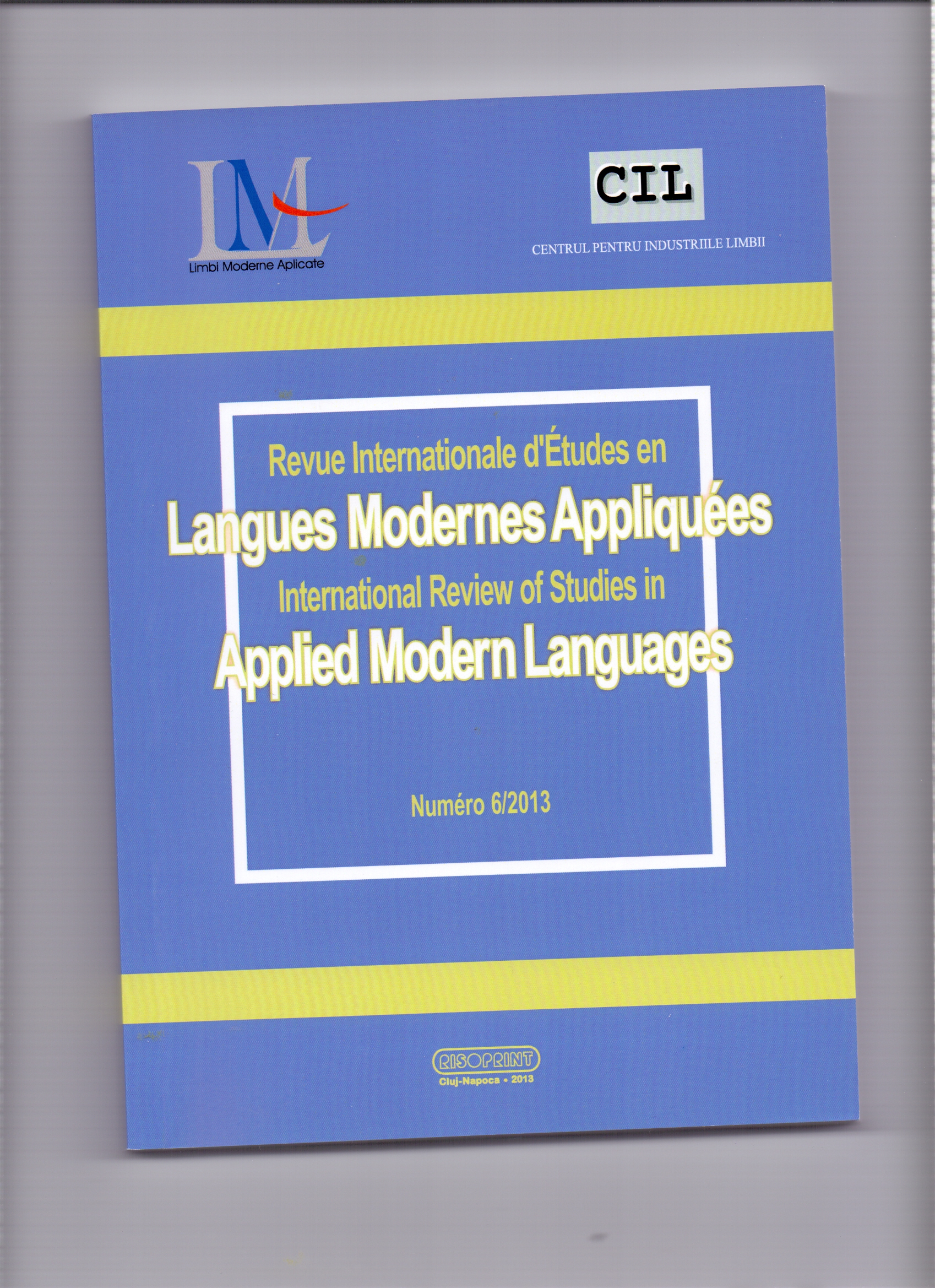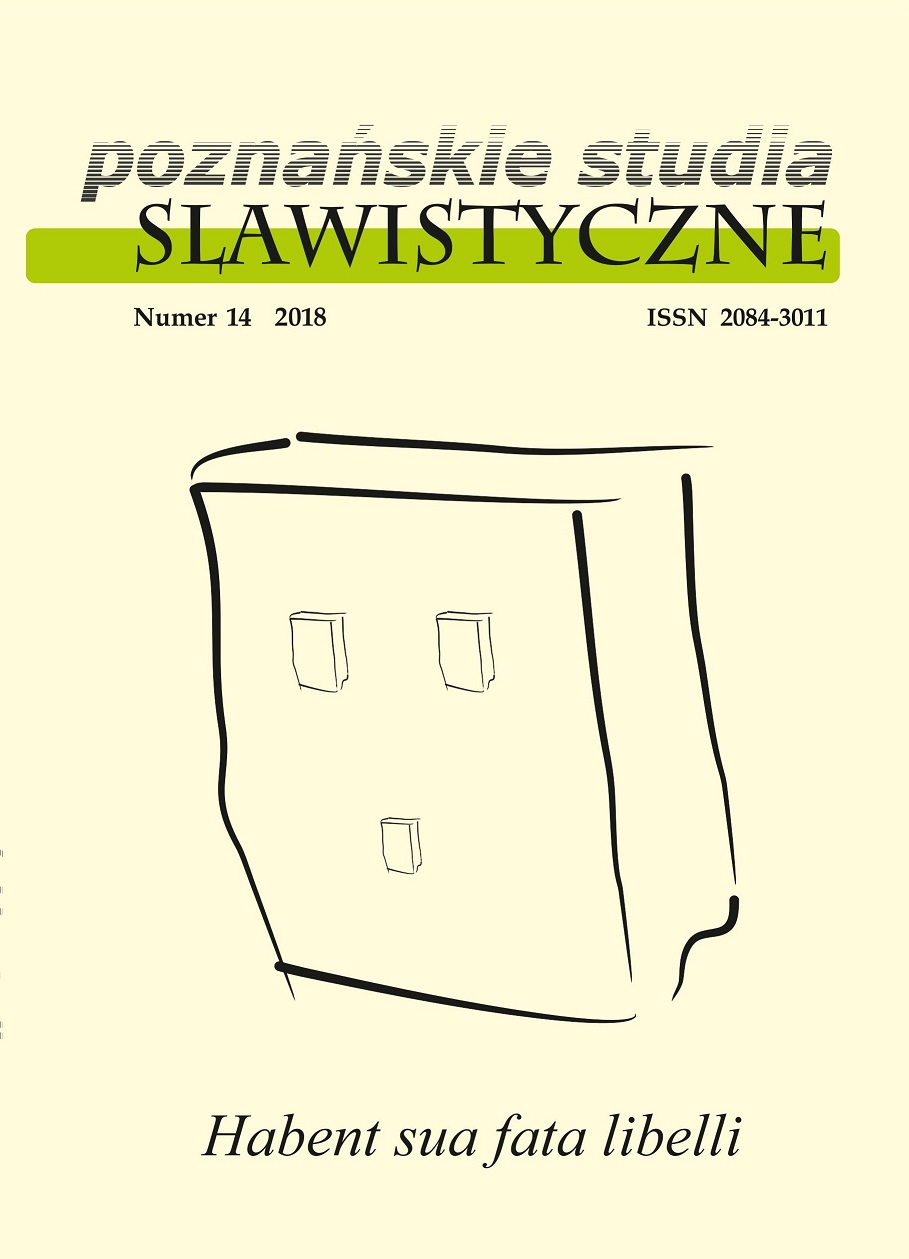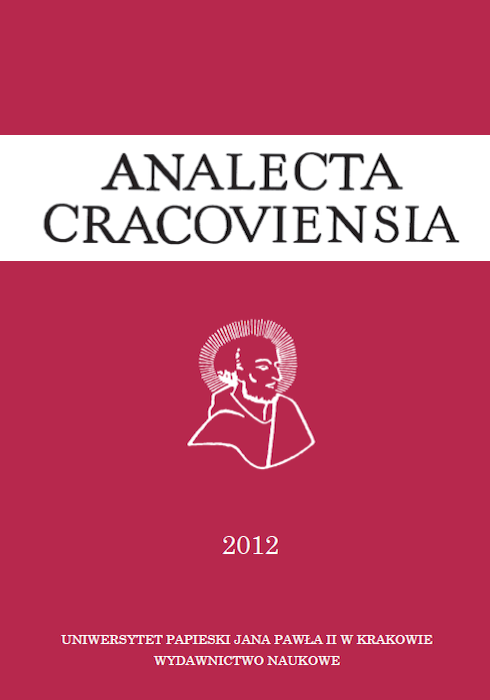Author(s): Radivoje Mladenović,Bojana M. Veljović / Language(s): Serbian
Issue: 7/2017
This paper analyzes the use of the present, and the analysis is based on the corpus from Sirinić Župa vernacular spoken in the north of the Šar Mountains. Its syntactic and semantic features are determined by analyzing this verb form in its primary, i.e. temporary use, when it expresses actions that happen at the moment of speaking. At the same time, it was determined that the present is marked by present forms is triple – the real present, which corresponds with the time of speaking; the wide present, which goes beyond the moment of speech; and timeless, or indivisible present in its widest sense. Therefore, the aim of this analysis is to determine the semantic features of the present based on its function in the indicative in the three aforementioned temporal dimensions.
The value of the high-frequency present in the vernacul ar of Sirinić can also be found in its reference to past actions. In temporal transposition, this form is used to express actions that belong to the speakers’ past, while the present itself is stylistically marked. Opting for the present among forms which express the past is primarily motivated by the tendency to give an utterance a stylistic form, because in terms of narration it makes the utterance more dynamic, it emphasizes the process, revives past actions and (in many cases) experience. These aspects primarily emphasize the moments which define the present as a stylistic unit rather than as syntaxeme which marks the temporal dimension. To be more precise, our analysis confirmed that when the present is used there are other forms with the temporal function, usually those which primarily express the past (perfect, aorist, imperfect), while the use of present produces additional effects in terms of narration. In the domain of the past, the present expresses actions characterized by repetition and single actions in the past. In both cases, the present primarily functions as a form which names actions as such, regardless of whether they express completed actions or effects in the course of action. Bearing in mind that according to syntactic/semantic and/or stylistic features, and apart from its perfective features, the narrative present coincides with aorist and/or narrative imperative and simple future, with which it is often combined in wider contexts, the value of this present form is also determined by looking at its relation with other units.
Finally, it was determined that relative present is also used to denote future ac tions, in which case it can be substituted by future or future perfect.
In this paper we also applied the areal approach, which is used to consider the dialectal relations between different micro-areas in this part of the Serbian ethnic and linguistic space by comparing the vernacular of Sirinić and neigh boring vernaculars in terms of morphology and syntax.
More...
